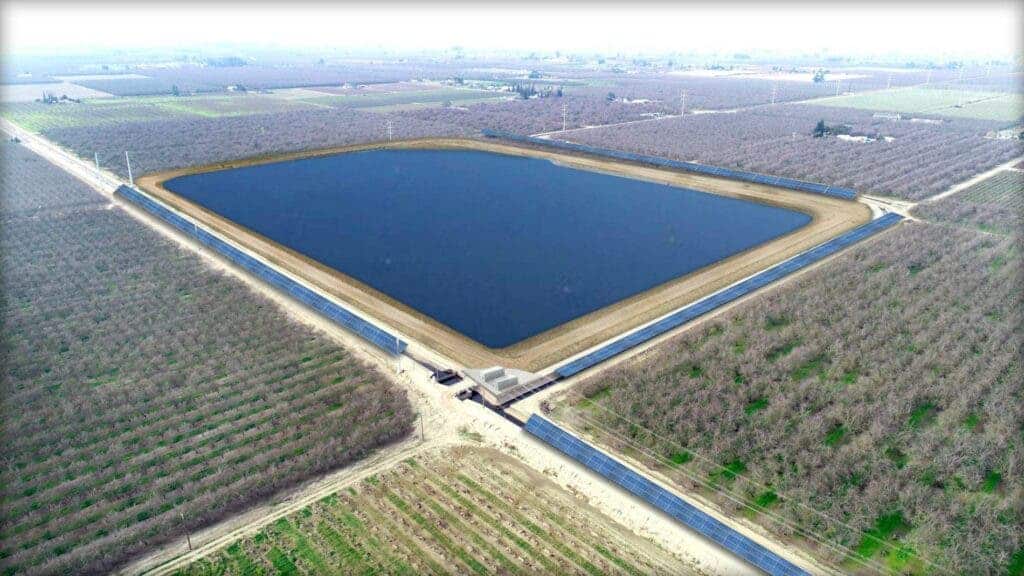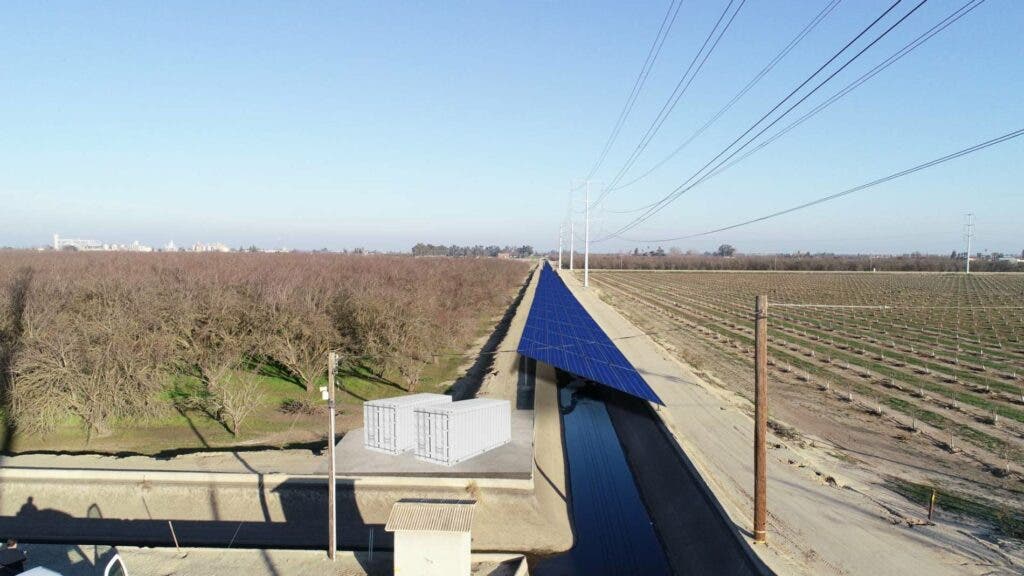Water is a constant concern in California, and now the changing climate is bringing even hotter and drier weather. The state is currently undergoing a megadrought, quite possibly the worst in over 1,200 years. Droughts over the past decade have dried up well, fueled massive wildfires and caused officials to implement water restrictions. Now, the government is hoping a new plan could bring some relief to the water-stressed state.

California will be the first state in the country to install solar panel canopies over water canals. The $20 million project funded by the government, dubbed Project Nexus, will consist of about 8,500 feet of solar panels installed over the Turlock Irrigation District (TID) canals in Central California. Works will begin next year and to be completed by 2024.
The idea is simple. The panels will protect the water from solar rays and stop the water reserves from evaporating too fast and forming vegetative growth while simultaneously providing renewable energy for the local grid. It’s a creative solution to an ongoing climate change-related crisis, and while it’s a proof of concept it could be scaled if the results are considered successful.
“Project Nexus goes beyond recognizing the linkage that water is used for energy production and energy is used for water treatment and conveyance,” a statement by TID reads. “The solar panels provide shade and wind protection over the water, reducing evaporation and also leading to a reduction in aquatic growth improving water quality.”
The science behind the project
A study from last year outlined the potential benefits of the project. Researchers at the University of California, Merced looked at a larger-scale, solar-canal system in Gujarat, India, and considered what the concept could do for California, with about 4,000 miles of canals that transport water to 35 million people and 5.7 million acres of farmland.

Covering all 4,000 miles of canals with solar panels would save 65 billion gallons of water per year by reducing evaporation. That’s enough to irrigate 50,000 acres of farmland or meet the water needs of two million people. The panels would generate about 13GW of power annually, equivalent to one-sixth of the state’s installed capacity.
But solar canals are doing much more than generating clean power and saving water: they would also indirectly protect agriculture. They would also prevent more than 80,000 acres of farmland or natural habitat from being converted for solar farms. This is a lot, considering up to 50% of new renewable energy capacity to meet the state’s climate targets could be sited in agricultural areas.
Solar canal installations can also protect wildlife, ecosystems and land, compared to large-scale solar projects that can do the exact opposite, the researchers said. Solar canals can also improve air quality while curbing aquatic weeds that choke canals. In India, the shade from the panels limited growth for weeks which can restrict water flow.
“California’s aging power infrastructure has contributed to catastrophic wildfires and multiday outages. Building smart solar developments on canals and other disturbed land can make power and water infrastructure more resilient while saving water, reducing costs and helping to fight climate change,” Roger Bales, study author, wrote in The Conversation.









